Retro Replay Review
Gameplay
Magic Encyclopedia: First Story combines traditional hidden object mechanics with light adventure and puzzle-solving elements, creating a refreshing twist on the genre. Instead of simply clicking through a static list, players must locate scattered fragments of tools across multiple scenes, then assemble them like miniature jigsaws before using them to progress. This piece-by-piece collection adds a satisfying sense of discovery and accomplishment as you watch once-useless items come together to form functional objects.
(HEY YOU!! We hope you enjoy! We try not to run ads. So basically, this is a very expensive hobby running this site. Please consider joining us for updates, forums, and more. Network w/ us to make some cash or friends while retro gaming, and you can win some free retro games for posting. Okay, carry on 👍)
The game’s mini-games are well integrated and varied, ranging from classic Tower of Hanoi challenges to tangram-like jigsaws and Pipe Dream–style pipe-connection puzzles. These interludes break up the item-hunting and keep the gameplay loop engaging, especially because some object fragments only appear after certain puzzles are solved. Each puzzle is intuitive but often increases in complexity just as you master the previous one, ensuring a steady challenge throughout.
Navigation between screens is smooth, with a clickable map or directional arrows that allow back-and-forth travel to revisit locations. The inventory on the right side of the screen displays assembled items clearly, while a faint jigsaw silhouette on the bottom acts as a constant guide for remaining fragments. This well-designed interface prevents frustration and makes it easy to track progress, even if you’ve stepped away from the game for a short break.
Graphics
Visually, Magic Encyclopedia: First Story delivers lush and colorful environments that immerse you in its mysterious jungle setting. Detailed backgrounds featuring twisting vines, ancient ruins, and hidden alcoves make each scene a joy to explore. The art style strikes a balance between realistic detail and a storybook charm, reinforcing the magical theme without overwhelming players with excessive visual complexity.
Objects and puzzle elements are sharply rendered and stand out against the softer backgrounds, ensuring you can quickly distinguish important items from decorative scenery. Subtle animations—like the fluttering paper bird that delivers Catherine’s message or the slow drip of water from a weathered stone—add life to each scene. Transitions between locations are buttery smooth, eliminating loading pauses and maintaining immersion.
Character illustrations, while used sparingly, capture Catherine’s wide-eyed curiosity and determination, helping players connect with her quest on a personal level. The user interface remains unobtrusive, with semitransparent menus and pictorial hints that blend seamlessly into the game world. Overall, the graphics support both gameplay clarity and atmospheric storytelling.
Story
The narrative kicks off when Catherine, a diligent student at a prestigious magic academy, receives a mysterious note delivered by a flying paper bird. Upon opening the scroll, she is whisked away by an unexpected spell to an uncharted jungle teeming with secrets. This hook not only sets a fantastical tone but also immediately gives players a sense of urgency as Catherine’s link to her home academy is severed until the quest is complete.
As Catherine explores the jungle, she uncovers rumors of a terrible dragon whose awakening could threaten both this world and hers. The environmental storytelling—etched glyphs on temple walls, scattered journal pages, and murmurs of jungle spirits—gradually reveals the dragon’s origins and the ancient magic needed to contain it. Dialogue snippets and occasional cutscenes flesh out supporting characters, from a reclusive shaman to mischievous forest sprites, each adding depth to the quest.
While the overarching goal is clear—to stop the dragon—side notes and subplots enrich the journey. You’ll learn about lost tribes, fractured alliances between magical factions, and the ethical use of powerful spells. These narrative threads intertwine neatly with gameplay objectives, so solving puzzles and finding object fragments always feels tied to Catherine’s evolving understanding of the dragon’s threat.
Overall Experience
Magic Encyclopedia: First Story delivers a polished hidden object adventure that will appeal to both casual players and genre veterans. Its strong point lies in seamlessly merging object-hunting with assembly-based puzzles, offering a steady stream of engaging challenges without resorting to tedious pixel hunting. The game’s pacing is well calibrated, ensuring you’re neither overwhelmed by puzzle difficulty nor bored by repetitive tasks.
Though the storyline follows familiar fantasy tropes—young mage, mysterious dragon, enchanted jungle—it’s the execution and attention to detail that make it stand out. The cohesive art direction, pleasant soundtrack, and intuitive interface work in concert to maintain immersion from start to finish. The mini-games are varied enough to prevent fatigue, and the subtle narrative revelations keep curiosity high.
In summary, Magic Encyclopedia: First Story is a captivating journey through a magical world, driven by clever puzzle design and enchanting visuals. Whether you’re a fan of hidden object games or simply seeking a light adventure with a dash of sorcery, Catherine’s quest to stop the dragon offers hours of thoughtful gameplay. The adventure strikes the right balance between challenge and accessibility, making it a solid pick for anyone looking to lose themselves in a spellbinding jungle mystery.
 Retro Replay Retro Replay gaming reviews, news, emulation, geek stuff and more!
Retro Replay Retro Replay gaming reviews, news, emulation, geek stuff and more!
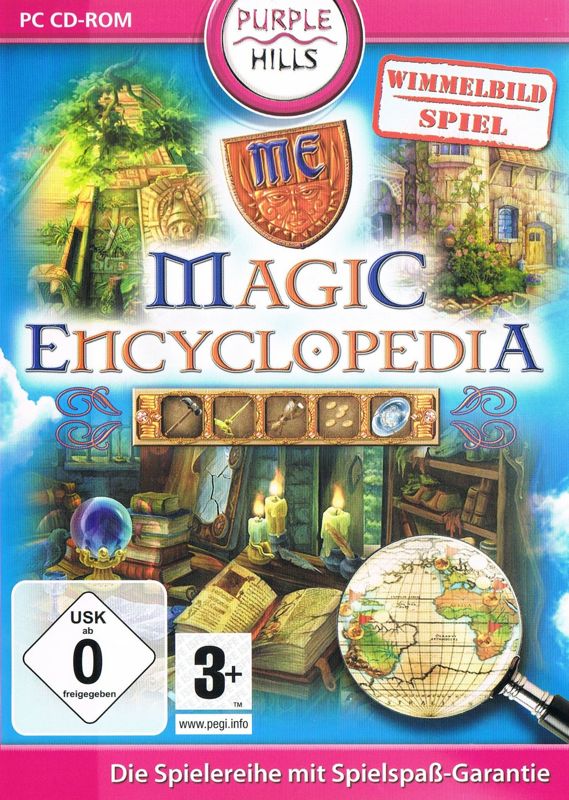
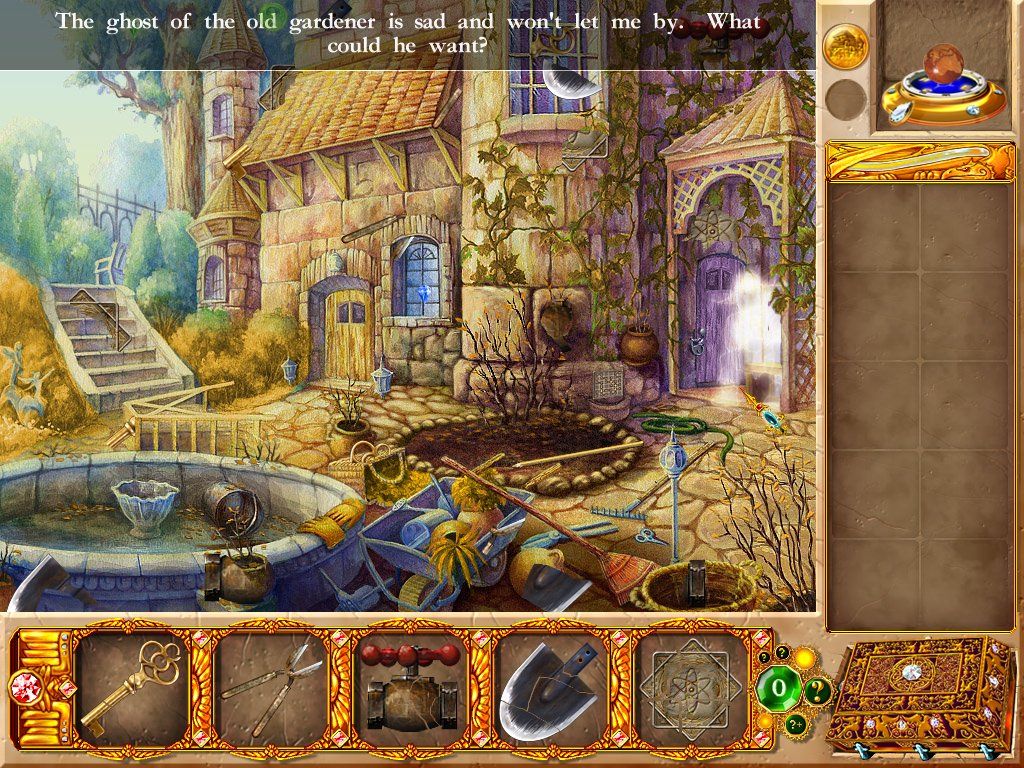

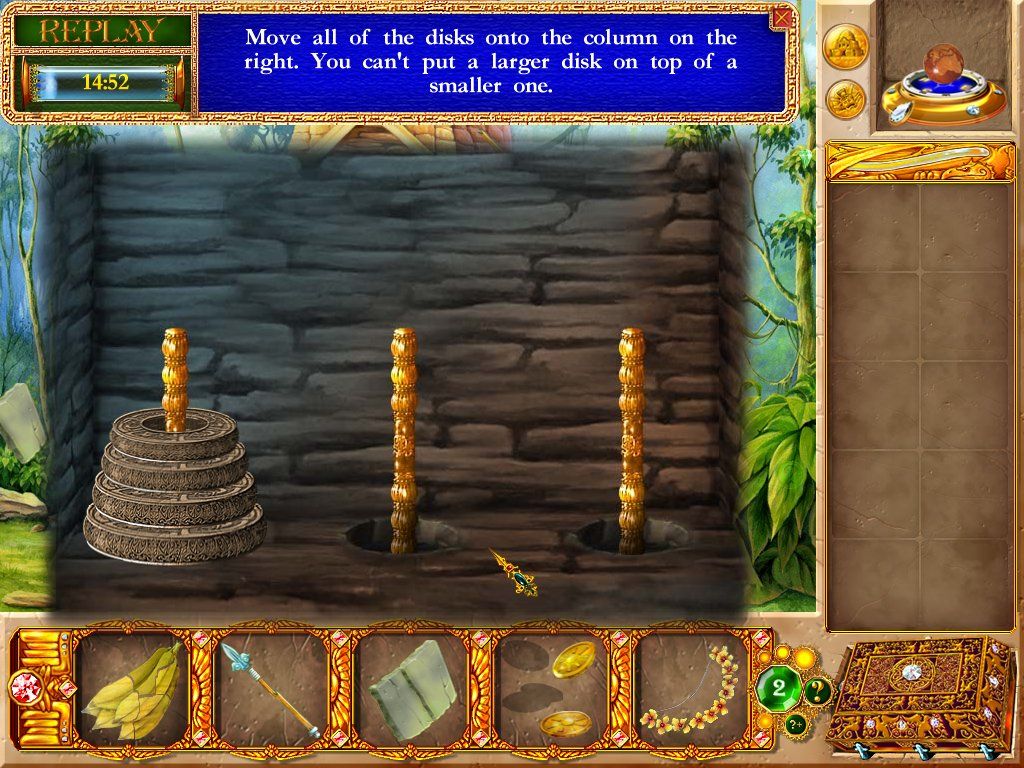
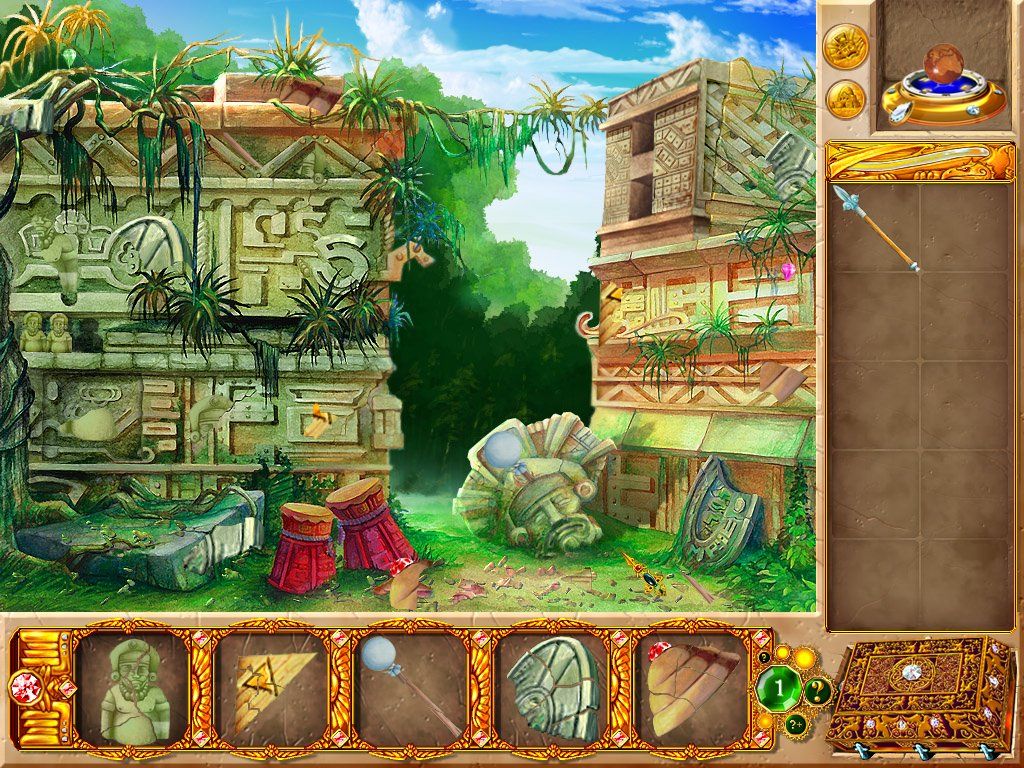
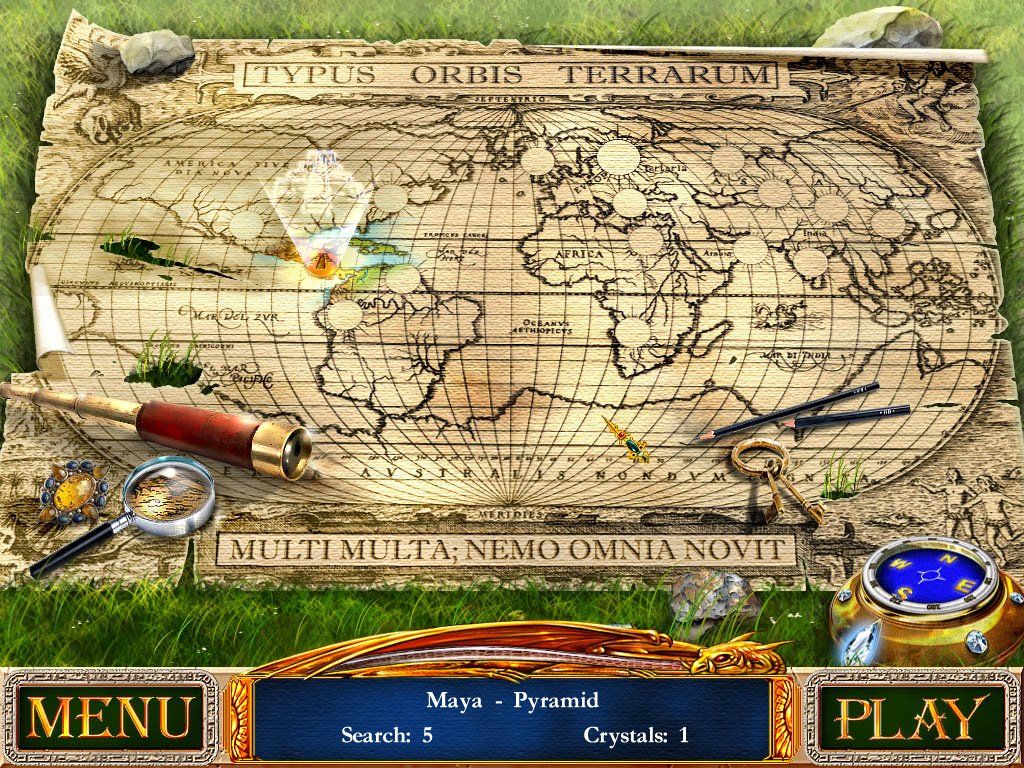



Reviews
There are no reviews yet.